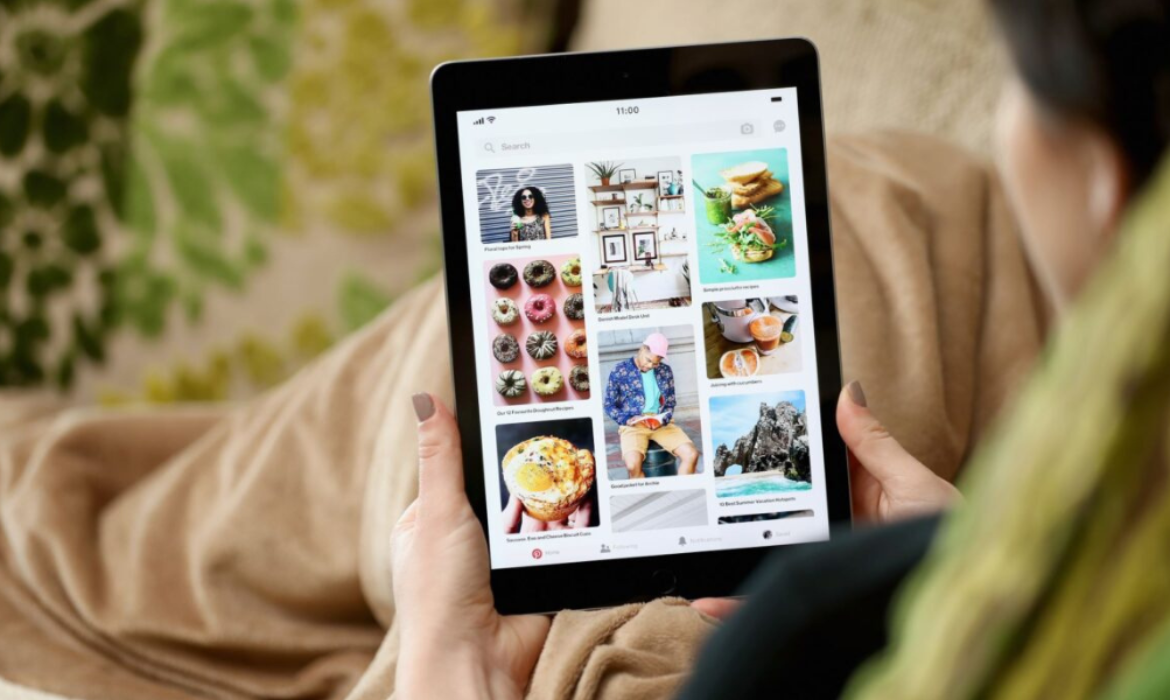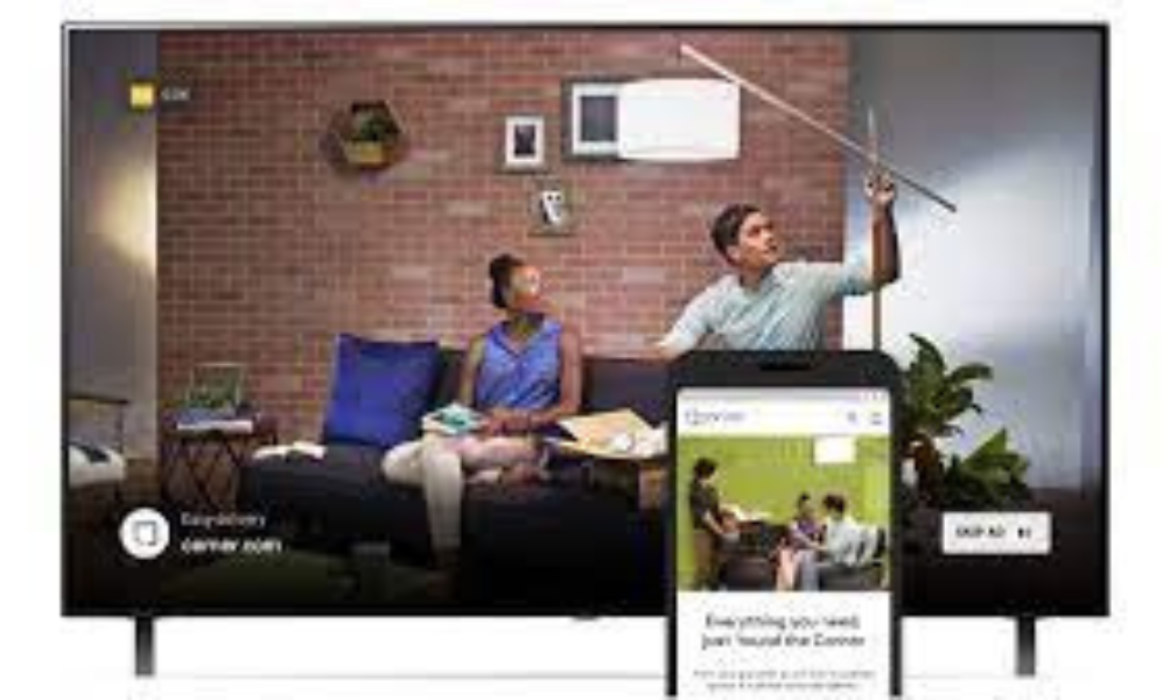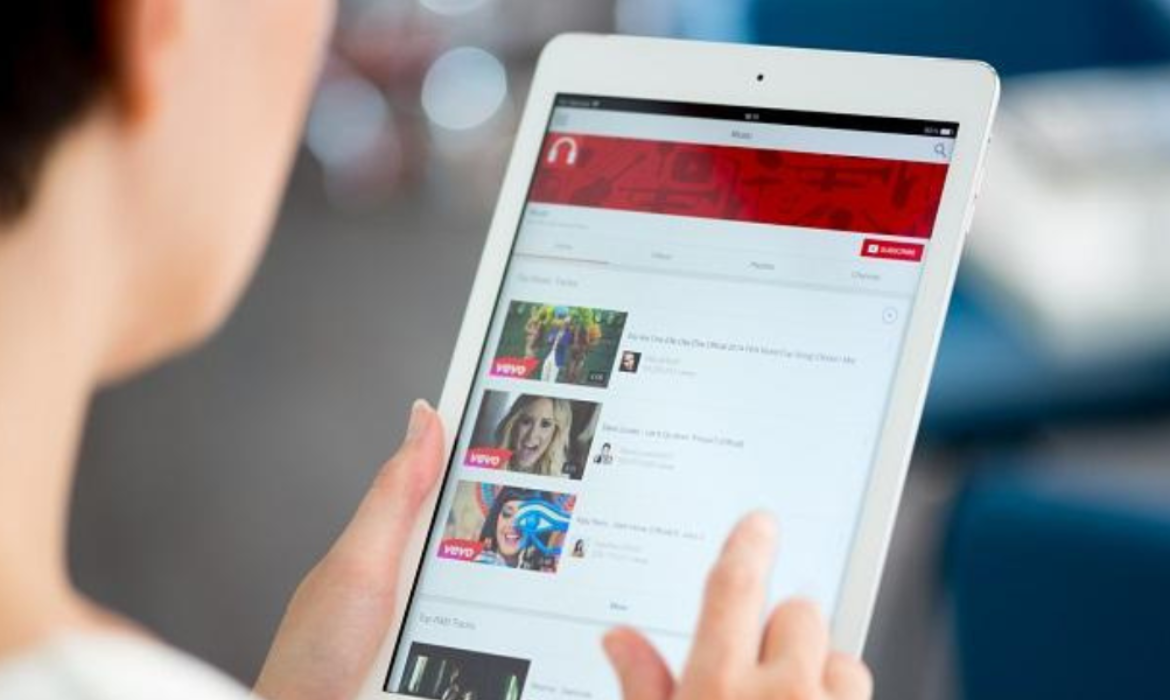Pinterest Rolls Out Suite Of Commerce-Friendly Features For Advertisers
Pinterest launched new commerce-friendly features for advertisers and brands to promote their products. In this latest initiative, the company aims to expand online shopping and advertising on its platform.
Pinterest continues to grow big in social commerce. It added many shopping-focused features such as a new twist to shoppable ads, merchant details, and Idea Ads with paid partnerships to name a few.
What Do These New Features Offer The Shoppers and Advertisers?
Pinterest’s latest step comes as no surprise! The digital pinboard company positions itself as an inspiration tool that eventually leads to online purchases. Here’s more about the new shopping features.
Twist To Shoppable Ads:

Image Credit: Ad Exchanger
Brands can upload their product catalog and Pinterest will automatically pull the items into a slideshow advertisement via Slideshow For Collections. This feature will help advertisers create shoppable videos tailored to individual users based on their interests.
According to the company, Pinterest shoppers have 85% larger baskets than shoppers through other social media platforms. Additionally, they spend twice as much per month. Consequently, buyers can browse more than one product at a time using Slideshare, which encourages them to purchase additional products.
Interesting Read: LinkedIn Rolls Out New Features – All Marketers Assemble!
Merchant Details
Another feature is called ‘Merchant details’ where brands are allowed to feature their brand values on their profile such as “responsibly sourced”, and “inclusive.” They can also showcase the community affiliations like “Black-owned” or “Women-owned”.
Idea Ads with paid partnership
Pinterest is testing the new feature “Idea Ads with the paid partnership”. It is a joint partnership between a creator and a brand. The creator makes an idea pin and tags a brand partner. The brand can then promote the idea as an ad via the paid partnership feature.
(Note: Pinterest is testing this feature in 15 countries with selective creators and is not shoppable yet.)
Verified Merchant Program
The company is expanding its Verified Merchant Program to other countries where users can find their vetted brands. Sellers under this program are allowed to showcase their brand values and community affiliations like ‘eco-friendly”, “disability-owned” and likewise.
That’s What They Said!
In their blog post, the company said,
“People who use Pinterest weekly are 7x more likely to say it’s the most influential platform in their purchase journey, compared to social media platforms. That’s why, as of today, we’re dramatically expanding our suite of shopping solutions for advertisers.”
Related Read: Pinterest Report BlockBuster Q3 Earnings As Brand Advertising Rebounds
Difference Between Buying And Shopping
Pinterest is the latest to join the bandwagon with other platforms like Facebook, Snap, and TikTok to launch new shopping features. The online eCommerce market is booming and lucrative and the tech giants are competing with in-app shopping or virtual clothing try-outs.
What distinguishes Pinterest from other platforms is the focus on discovery and latent intent then facilitating the transaction. 97% of billions of searches on Pinterest are for products not belonging to any specific brand. This gives retailers a chance to reach out to users before they decide what to purchase. Attracting those prospects is the difference between “buying” and “shopping”.
As quoted by Ad Exchanger, Pinterest CRO Jon Kaplan said, buying is purely transactional, whereas shopping is part of an experience. She added, that they are trying to bring the missing joy and inspiration into the shopping experience.
“These are things that are missing from the digital economy right now because so much of eCommerce is focused on purchases and transactions.”
Also Read: The New World Of TikTok Marketing, Everything You Need To Know!
On Connected TVs, YouTube Makes Its Ads More Shoppable!
YouTube makes its ads shoppable on Connected TV (CTV). The video action campaigns expansion to Connected TV will help advertisers reach more potential customers. Video action campaigns combine inventory from Google and YouTube video partners and now YouTube CTV. Advertisers can take advantage of YouTube on CTV to generate leads and conversions.
Romana Pawar, Director of Product Management for YouTube Ads said,
To help consumers more easily learn about the products and services they’re interested in, we’re making YouTube ads on connected TVs more shoppable.
She further added that the expansion is beneficial to the advertisers as well,
We’re expanding Video action campaigns to CTVs to help advertisers drive more online sales or generate leads, and grow their business.
Related Read: All You Need To Know About Connected TV Advertising!
Connected TV & Youtube Ads: How Does It Work?
Viewers can watch video action campaigns on TV, and a URL appears at the bottom of their screens that facilitate shopping. They can click on the URL to be whisked away directly to the brand’s website from their mobile or desktop without interrupting their viewing session.
On the advertisers’ side, they can measure the effectiveness of the campaign in real-time using Conversion Lift beta on user actions such as website visits, sign-ups, and purchases.
An internal study shows that in the U.S., over 120 million people streamed YouTube or YouTube TV on their TV screens in December 2020. Early studies indicate that more than 90% of conversions originating from CTV would not have been reachable from mobile and desktop devices. It is thus evident that “the living room is becoming an essential place for brands to attract new audiences.”
Video action campaigns are now available around the world through Google Ads.
Interesting Read: Trade Desk Partners With Samsung Ads For Programmatic CTV
YouTube Tests New Shoppable Video Ads Tools
Amid a pandemic that created havoc around the world that resulted in prolonged store closures. This has led brands to advertise their products online to drive sales as more people are online now. To make things easier for them, YouTube has introduced new direct response solutions that make video ads more shoppable, drive conversion, and automate content delivery across the platform.
The idea is to make video ads the new ‘storefront’ for the brands as an increasing number of brands are using video ads that connect them directly to customers. YouTube Ads director and product manager Nicky Rettke wrote in the blog post, “Last year, the number of active advertisers using TrueView for action grew over 260 percent.”
Increase in sales with Shoppable TrueView for action
In the new test, the eCommerce advertisers can show their products in their TrueView for action ads. When the user clicks on the expansion arrow, browsable product imagery appears below the video.

Image Credit: Search Engine Land
The advertisers are required to sync their Google Merchant Center feed to the video ads, expand their call-to-action button, and drive traffic to a specific product page. However, Facebook recently released “Shops” creates on platform storefronts but keep the users and transactions within Facebook.
Retailer Aerie used Shoppable TrueView for action to increase awareness and sales for its 2020 Spring campaign and saw a 25% higher return on ad spend than the previous year and nine times more conversions compared to their traditional media mix. Rettke said in the post that 70% of people bought a brand after seeing it on YouTube.
Video Campaigns drive conversions
The next tool announced is ‘Video campaigns’, a cost-effective way to drive conversions, boost web traffic, or generate leads across the platform. It automatically brings video ads to the YouTube home feed, watch pages, and Google video partners in one campaign as well as include any future inventory that becomes available like the What to Watch Next feed.

Image Credit: Google
YouTube tested the video ad campaign with a start-up Mos to help students raise funds for college to avoid debts. Rettke said in the blog post that it saw 30% more purchases at one-third of the cost of its previous ad spend.
Lead Generation to a Video campaign
The third tool is adding lead forms to a brand’s video ad campaign. Lead forms help advertisers reduce costs and obtain potential costumers. It appears below the video ad and asks the viewers to fill the form while the ad is running.

Image Credit: Google
Automobile giant Jeep tested this approach with its Korea branch and saw a 13-times increase in completed leads at an 84% lower cost per lead as well as generated more leads.
Finally, Google has included YouTube in the Google Ads attribution report that will help advertisers identify the maximum impact across YouTube, Search, and Shopping campaigns.
Shoppable Ads, a new focus for social media platforms
Shoppable ads also considered as direct-response ads have become a major focus of all social media platforms in the pandemic when ad sales went down. Facebook introduced shoppable ads on its platform and Instagram. Snapchat has in-app shopping whereas buy groceries without leaving Pinterest. Shoppable ads are also seen on Tik Tok.
DR ads have helped Facebook, Instagram, Snapchat to maintain profits, and CPM’s. As per Adexchanger reports, YouTube sales VP Adam Stewart said,
“YouTube storefront isn’t a traditional DR advertising product.YouTube has a bustling DR business, because it’s popular for app-install campaigns, especially with mobile gaming companies.”
Direct response advertising features will be the focus of YouTube’s NewFronts presentation to advertisers. As a part of YouTube’s pitch, Stewart said the storefront isn’t meant to rival Facebook-Instagram or Snapchat commerce offerings but its natural counterpart is television.




